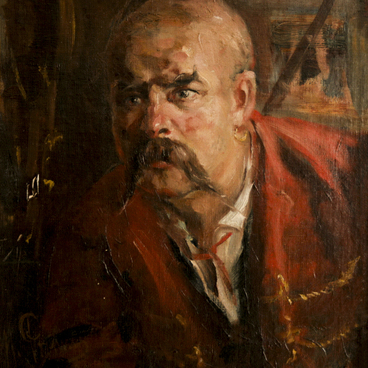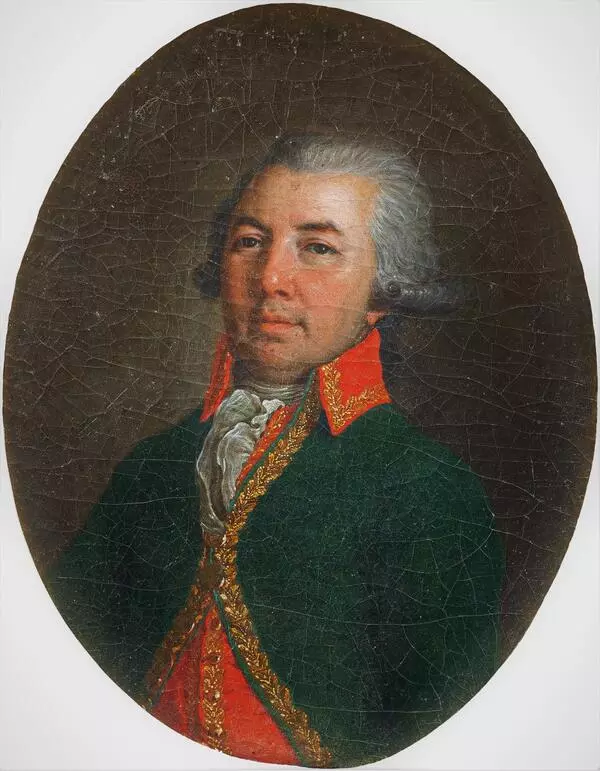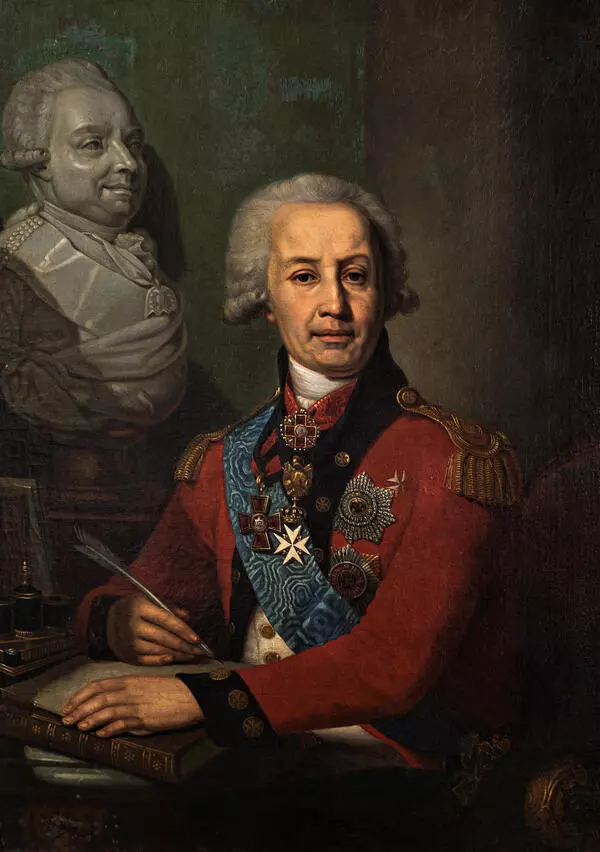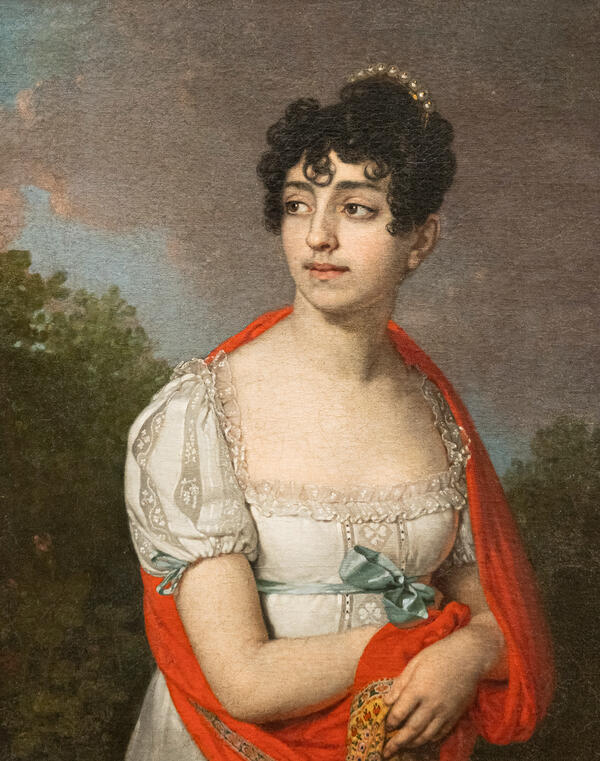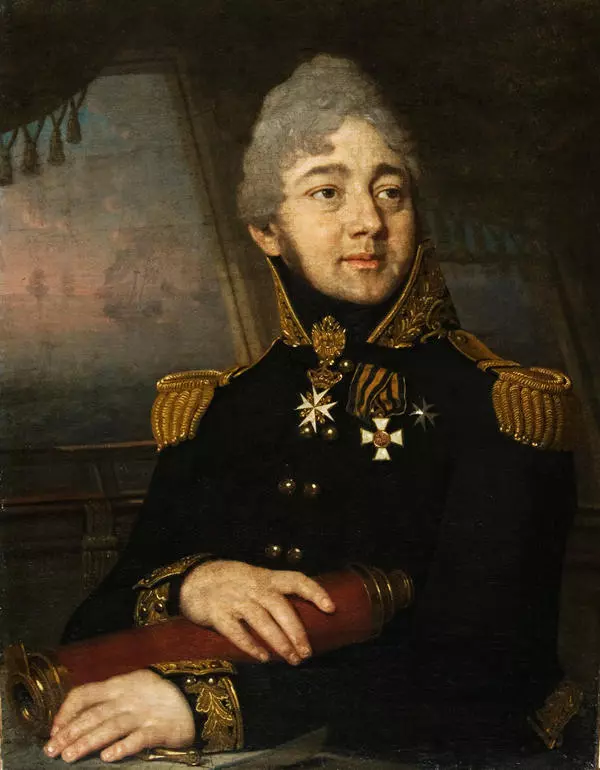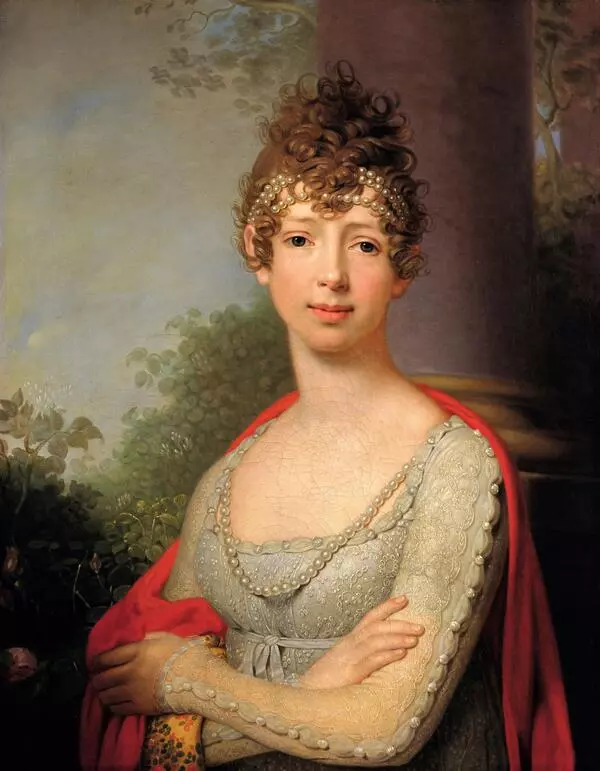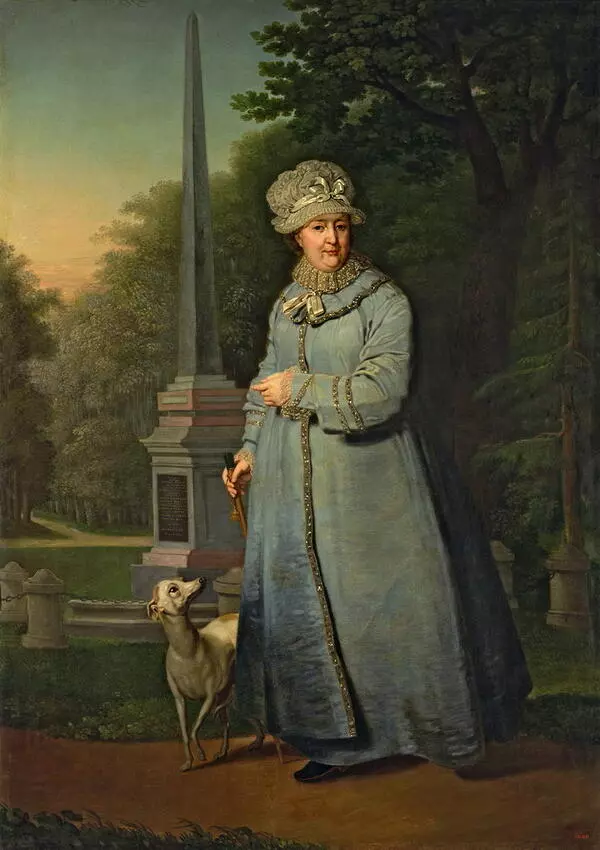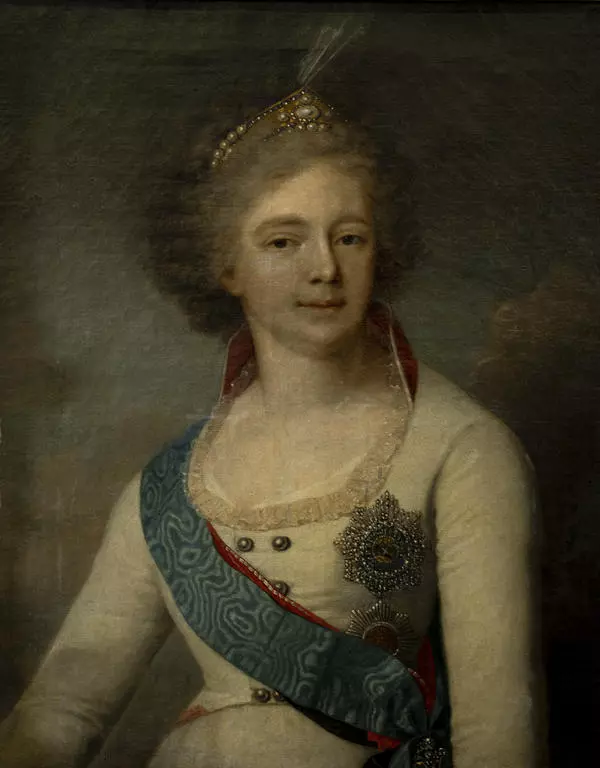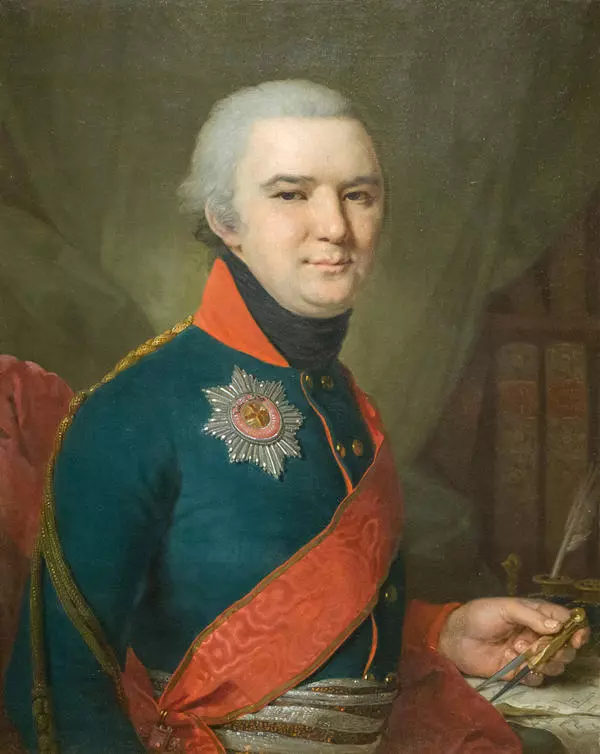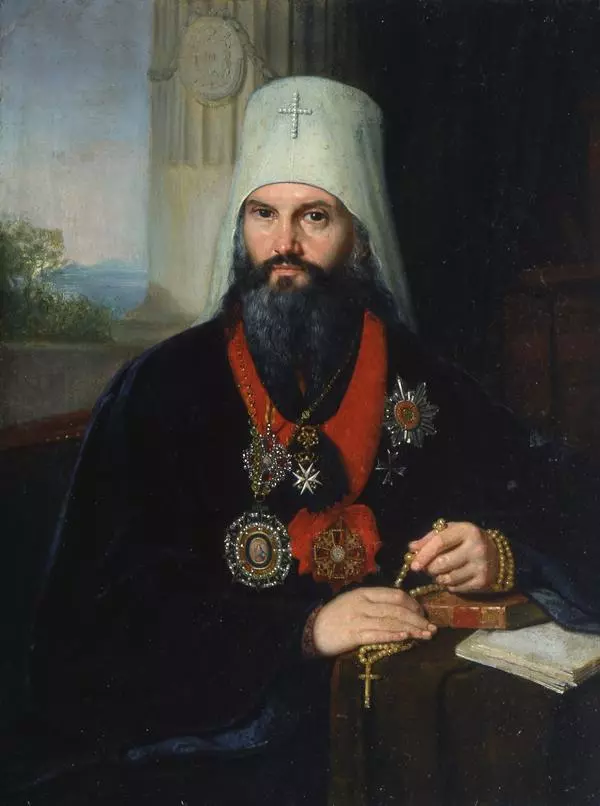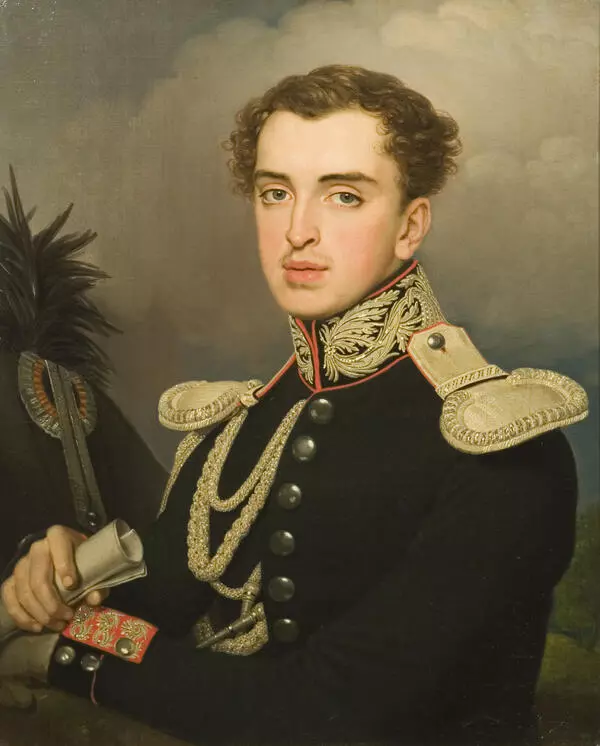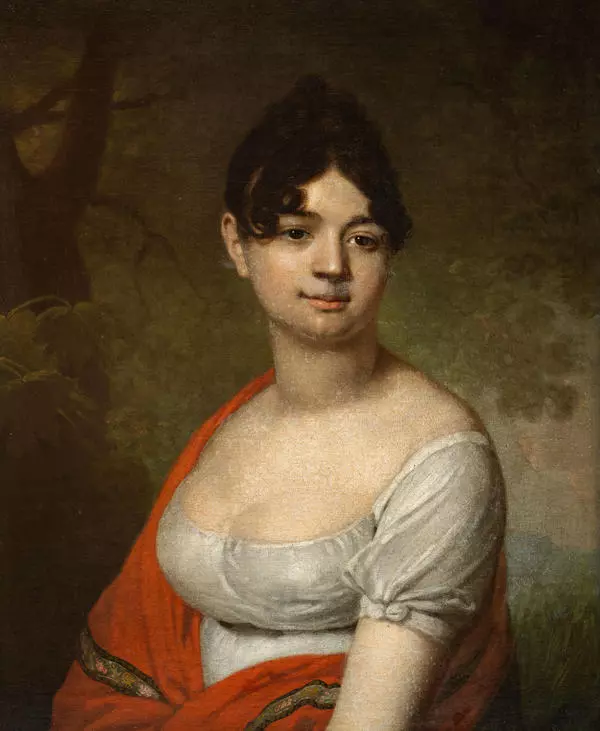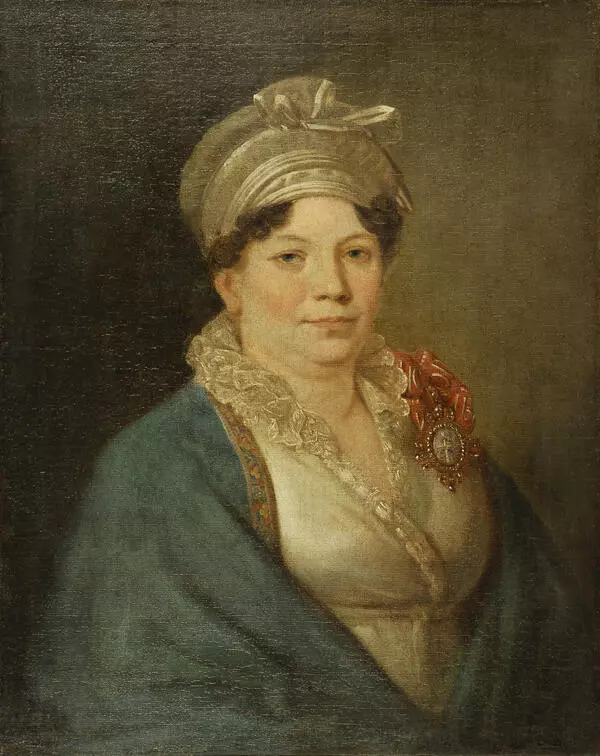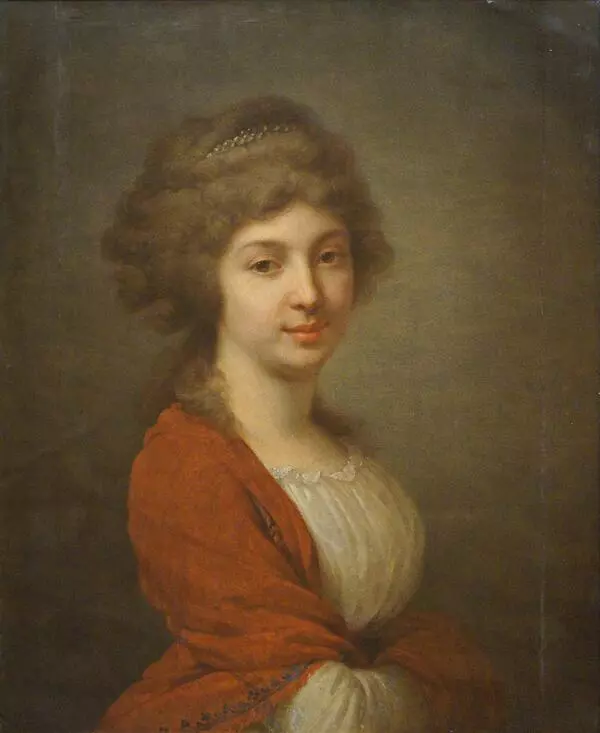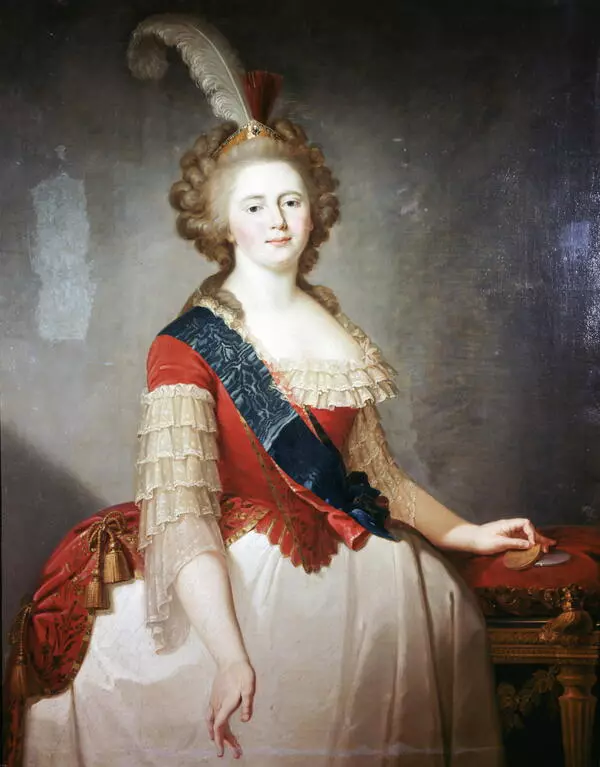“Female Portrait” from the Nizhny Tagil Museum of Fine Arts was painted by the artist Vladimir Lukich Borovikovsky. It is unclear when exactly it was created.
Vladimir Borovikovsky can be called a hereditary self-taught artist. He was born into a Cossack family in Mirgorod in 1757. Like his father Luka Borovik and his brothers Vasily and Ivan, Vladimir Borovikovsky became an icon painter. After becoming an independent artist, he abandoned the strict canons of icon painting and began to create church paintings in the style of “Ukrainian Baroque”. Vladimir Borovikovsky became known to a wider audience by lucky happenstance. In 1787, he created two allegorical paintings to decorate one of the “traveling palaces” of Catherine II during her trip to Crimea. The two paintings depicting the Empress drew her attention. She wished to meet the artist, talked to him, and advised him to go to the Academy of Arts in St. Petersburg. A year later, Vladimir Borovikovsky decided to move to St. Petersburg, but he was not accepted to the Academy of Arts because he was already 31, which was considered too old for a student.
In this painting, Vladimir Borovikovsky used a
neutral dark brown background, with the lighter areas creating space and
emphasizing volume. The depicted woman is no longer young and is devoid of any mannerism
or affectation which were typical of the portraits painted during Borovikovsky’s
lifetime. A lace bonnet with a bow, with small curls peeking out from
underneath, a black dress with a high collar, and a red shawl covering the
woman’s shoulders and arms, form the image of an unknown noblewoman or
landowner. The portrait draws attention with the meaningful look in the woman’s
almond-shaped eyes and the calm look on her face: she is happy with her
position, home, family, and surroundings. In the late 1950s, after being displayed
at an exhibition in Tyumen, the portrait was sent to Moscow for restoration. An
X-ray examination of the painting showed that the portrayed woman was originally
depicted wearing a ball gown with a plunging neckline and her hair up. Later,
the portrait was modified, perhaps, at the request of the customers, and the
lady was dressed in a more modest outfit.


